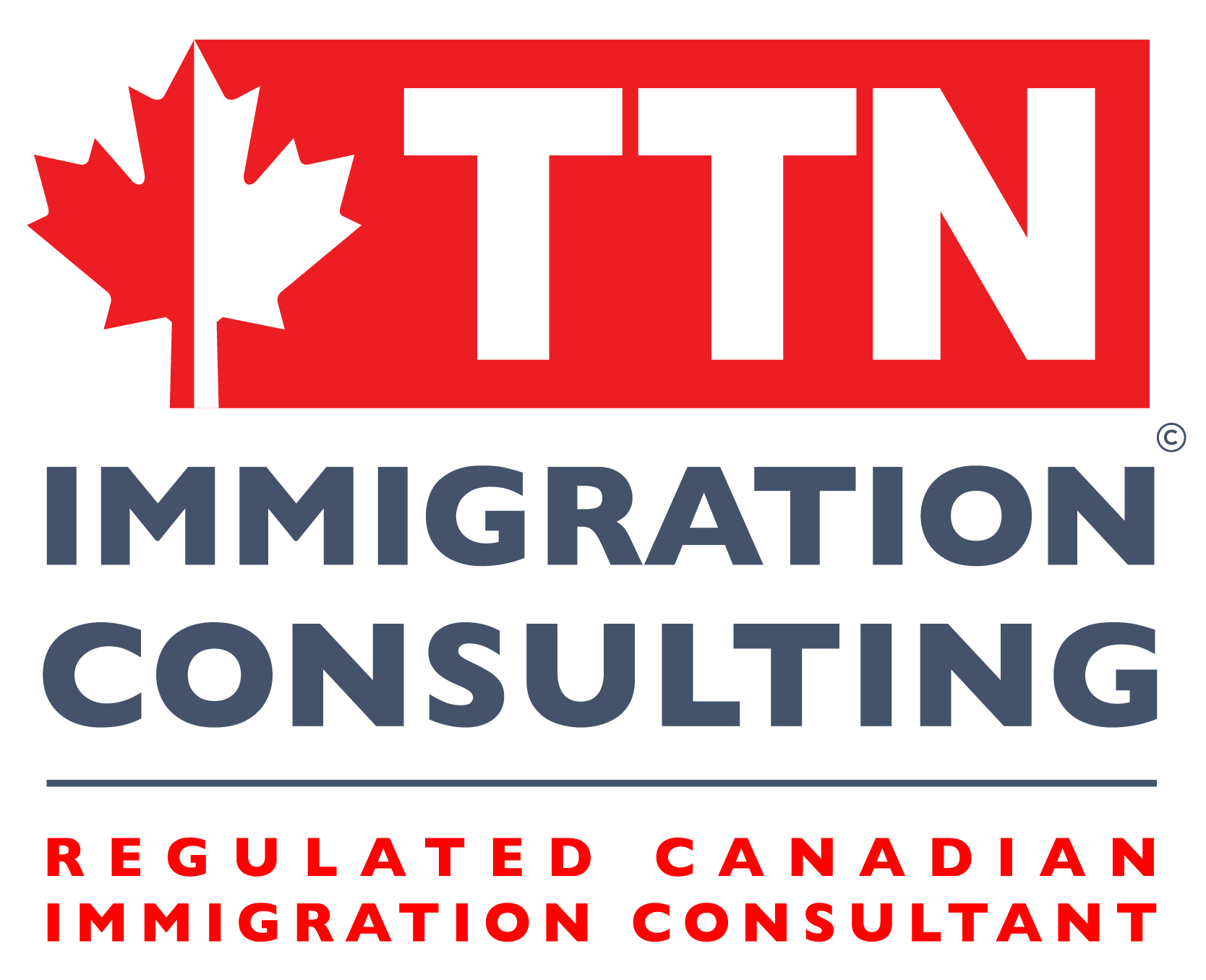Canada Immigration Levels Plan 2026 - 2028: New Pathways To Permanent Residence For Temporary Workers
According to the 2025 Canadian Federal Budget, the government will implement a new program that will allow approximately 33,000 Work Permit holders to convert to Permanent Residence (PR) in 2026 and 2027.
Đây là một trong những nội dung trọng tâm của Kế hoạch Mức độ Nhập cư (Immigration Levels Plan) giai đoạn 2026–2028 sắp được công bố.

1. Big changes in 2026 immigration targets
Under the new plan, Canada will significantly adjust the number of temporary immigrants, including international students and foreign workers. Specifically:
- Chỉ tiêu người tạm trú (Temporary Residents) năm 2026: 385.000, giảm 43% so với 673.650 của năm 2025.
- Du học sinh quốc tế (International Students): 155.000, giảm 49% so với 305.900 của năm 2025.
- Temporary Foreign Workers: 230,000, down 37% from 367,750 in 2025, but 8% higher than the 2026 target of 210,700 in the previous year's plan.
- Protected Persons in Canada will be granted permanent residence in the next 2 years.
Despite the sharp cut in temporary admissions, the 2026 permanent resident target remains at 380,000, reflecting efforts to maintain stability in the permanent settlement program.
2. Increase the rate of economic immigration
The federal government will prioritize settlement for skilled workers and investors.
- 64% of the 2026 permanent residency quota will be for economic immigrants, up from 59% last year.
- The expected PR target for 2027 and 2028 is 380,000 people, of which 2027 is an increase of 4% compared to the old plan (365,000).
In addition, the plan also considers the specific needs of tariff-affected industries, as well as rural and remote areas, to ensure appropriate allocation of human resources nationwide.
3. Temporary residency cuts: A change in plans, not reality
Despite the reduced target, the actual number of entrants in 2025 was already much lower than the original target.
- From January to August 2025, Canada will accept only 154,515 temporary foreign workers, reaching 42% of the annual target.
- During the same period, only 89,430 international students were allowed to enter the country, equivalent to 29% of the target.
This shows that the reduction in targets is mainly an adjustment of the plan on paper, and does not reflect an actual reduction in admission policy.
4. Reforming the Temporary Foreign Worker Program (TFWP)
Prime Minister Mark Carney has affirmed that the Temporary Foreign Worker Program (TFWP) needs to target strategic sectors and specific regional needs.
In the 2025 Budget, there are no detailed figures separating:
- TFWP – a program that requires LMIA (Labor Market Impact Assessment), which means proving a labor shortage in Canada; and
- IMP (International Mobility Program) – LMIA exemption program thanks to trade agreements or foreign interests.
In 2025, IMP will account for the majority of work permits, with a target of 285,750, while TFWP will only have 82,000.
The new plan for 2026 is expected to raise the total temporary labor target to 230,000, 19,300 higher than the old plan (210,700).
5. Permanent resident quota 2026–2028
In the long term, Canada maintains stable immigration levels:
- 2026: 380,000 permanent residents (of which 239,800 are economic, 84,000 are family reunification, and 56,200 are humanitarian).
- 2027: 380,000 permanent residents.
- 2028: 380,000 permanent residents.
Thus, despite the tightening of restrictions on international students and temporary workers, Canada remains committed to maintaining a stable number of permanent immigrants, especially among groups that contribute to the economy.
6. What is the Immigration Levels Plan?
The Immigration Levels Plan is a three-year plan published annually by the Canadian Immigration Department (IRCC) to determine temporary and permanent immigration targets.
- The first year target is official (firm target).
- The next two years are notional target, subject to adjustment.
From 2024, Canada will for the first time include temporary immigration targets in this plan, showing a trend of managing immigration flows as a whole instead of separating each category.
Conclusion
The 2026–2028 Immigration Plan shows that Canada is shifting its strategy, prioritizing economic stability, efficient workforce allocation, and increasing permanent residency opportunities for temporary workers.
This will be an important time for those holding Work Permits, international students about to graduate or skilled workers to consider the path to permanent settlement in Canada.

